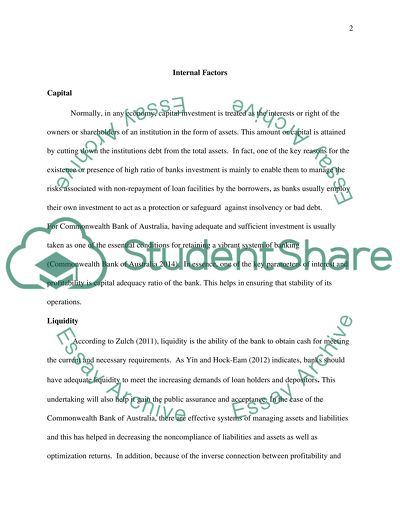Cite this document
(“Profitability of Banks: Commonwealth Bank of Australia Essay”, n.d.)
Retrieved from https://studentshare.org/finance-accounting/1681916-profitability-of-banks-commonwealth-bank-of-australia
Retrieved from https://studentshare.org/finance-accounting/1681916-profitability-of-banks-commonwealth-bank-of-australia
(Profitability of Banks: Commonwealth Bank of Australia Essay)
https://studentshare.org/finance-accounting/1681916-profitability-of-banks-commonwealth-bank-of-australia.
https://studentshare.org/finance-accounting/1681916-profitability-of-banks-commonwealth-bank-of-australia.
“Profitability of Banks: Commonwealth Bank of Australia Essay”, n.d. https://studentshare.org/finance-accounting/1681916-profitability-of-banks-commonwealth-bank-of-australia.


